We suggest that you familiarize yourself with such issues as the nature, types and causes of inflation. Agree, they are very relevant today. Inflation levels, its types, measures to combat it - all this has been actively discussed in recent years in connection with the current situation in the global and Russian economies.
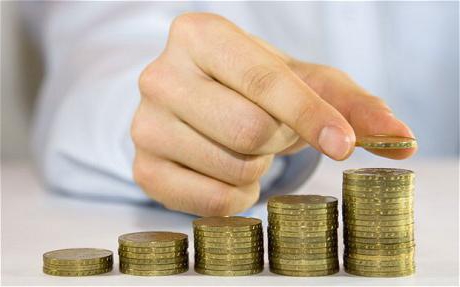
What is inflation? This is a crisis state of a particular monetary system. This term itself arose in relation to money circulation in the middle of the 19th century. It was introduced in connection with the huge release of paper dollars during the Civil War in the United States (from 1861 to 1865). Inflation, the causes, types and nature of which we are interested in, have long been understood as rising commodity prices and the depreciation of money. It was considered a monetary phenomenon. However, modern inflation is also associated with the general unfavorable state of development of the economy of a country, and not only with a decrease in the purchasing power of its monetary unit.
What does inflation lead to?
In an economy that functions normally, there should not be a significant increase in prices, that is, the depreciation of money, which means inflation. Inflation leads to a decrease in the purchasing power of money, as well as higher prices for services and goods. At the same time, prices for their individual species are growing unequally.
The Century of Inflation
According to economists, civilized countries in the last 30 years have entered the so-called "age of inflation." Today 2-3% inflation is considered a normal phenomenon of the global market economy.
Some causes of inflation on examples
In almost all states, there are many causes leading to inflation. However, in each case, a combination of factors of a given process depends on specific economic conditions. For example, in Western Europe, immediately after the end of World War II, inflation was associated with an acute shortage of many goods. In the future, government spending, the wage-price ratio, the transfer of inflation from other countries, as well as some other factors, began to play a major role in the development of this process. If we consider the former USSR, here, along with some general laws, one of the main reasons for inflation in recent years can be considered the unique disproportionality that arose in the economy as a result of the functioning of the command and administrative system. Long-term development in wartime (according to some sources, the accumulation rate reached half of the national income, while in the Western countries it was only 15-20%), a high degree of monopolization of the monetary system, distribution and production, a low share in national wage income boards, as well as some other features were inherent in the Soviet economy.
Hyperinflation, galloping and moderate inflation
There are various types of inflation. The most common is the allocation of the following three types:
- hyperinflation, in which more than 200% per year is a rise in prices;
- galloping inflation (from 20 to 200% per year);
- moderate, which is accompanied by their growth of not more than 10% per year.
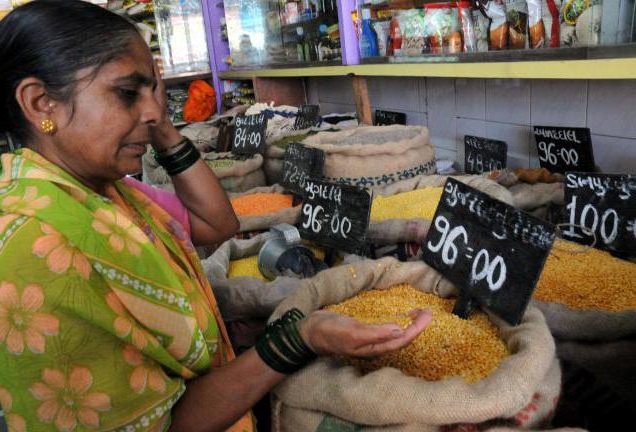
Galloping, and especially hyperinflation, is considered extremely undesirable. These types of inflation have dire economic and social consequences.
Suppressed inflation
There are other divisions. For example, there are such types of inflation as open and suppressed. Suppression is possible only with strict control by the state. It is characterized by demand inflation, which arises as a result of excess aggregate demand (total spending) under conditions in which employment is close to full.Suppressed inflation is thus manifested in exacerbating the shortage of goods.
In our country, such a process was observed in the 80s. In addition to the deficit, during this period the inflationary process was also characterized by the fact that at constant prices the quality of the products worsened, unjustified assortment shifts were observed (reduction in the output of cheap goods and an increase in the output of expensive). Instead of one imbalance in the early 1990s (few goods - a lot of money), another arose. The shortage of money led to a drop in demand, and then to a decrease in production. The problem of non-payments escalated. The state delayed many people paying salaries. It could also not fulfill obligations on the supply of agricultural products and fuel, on defense orders. Tight financial regulation led to a decrease in investment, and incentives to increase production were undermined.
Open inflation
Both income growth and price increases are characteristic of open inflation. It occurs when prices are formed under the influence of market factors, and are not regulated from above. It is characterized by a constant increase in prices. The reasons for their growth are different. For example, an uncontrolled increase in tariffs for rail transportation, as well as other services, may serve as an impetus to an increase in open inflation. natural monopolies.
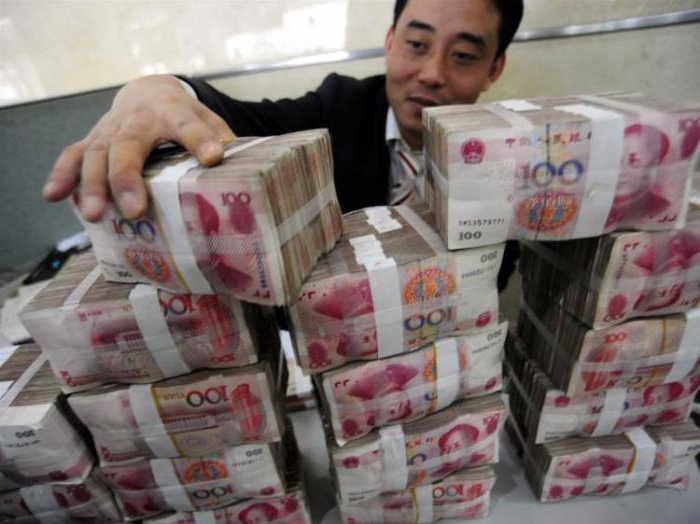
Types of Open Inflation
The following varieties are distinguished in it:
- cost (cost) inflation;
- stagflation;
- inflation adapted expectations.
The first is characterized by an increase in the level of wages, which drives the rise in prices for services and goods (it is significantly ahead of the increase in wages). Stagflation is observed when production volumes and prices rise simultaneously. The last kind of open inflation takes place when the economy is in a situation of constant expectation of price increases. Because of this, consumers increase the consumption of services and goods, which means that prices are rising.
Creeping, galloping and hyperinflation
The following types of inflation are also distinguished, depending on how fast the market prices are rising.
- Creeping observed when growth rate prices annually make up 3-4%. It is characteristic of the economies of developed countries and is a stimulating factor for these states.
- WITH galloping We encounter inflation when the average annual growth rate of prices for services and goods is from 10 to 50% (sometimes reaching 100%). It prevails in developing countries.
- Hyperinflation observed when the price growth rate increases annually by more than 100%. It is peculiar in certain periods to various states experiencing a radical breakdown of the economic structure.
However, we did not consider all types and forms of inflation. We offer one more classification.
Inflation of production costs and demand
We can distinguish the following types and types of inflation depending on the cause: inflation of production costs and demand. The latter is a functional type, characterized by an increase in aggregate market prices due to an increase in the monetary demand for services and goods of the aggregate consumer (buyer), as well as its “separation” from the aggregate supply. It occurs traditionally with excess demand. Considering the types and types of inflation, we note that demand inflation can be due to various reasons.
Reasons for Demand Inflation
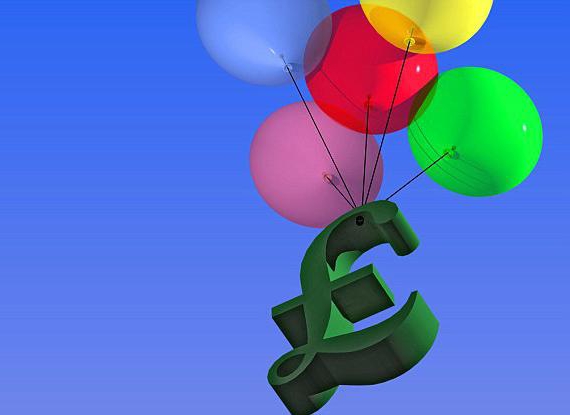
It may be due to:
- The militarization of the economy, as well as the growth of military spending. The fact is that military products and military equipment do not function on the market. The state acquires it, and then sends it to the reserve. Money is not required to service this product, since it does not pass from hand to hand.
- The growth of public debt and budget deficits. Either by issuing banknotes, or government loans the budget deficit is covered.This creates additional funds for the state, and, therefore, additional demand.
- Also, demand inflation may be due to credit expansion of banks. The fact is that the expansion of credit operations of these institutions leads to the fact that credit instruments of circulation are increasing, which creates additional demand for services and goods.
- One more reason - inflow of foreign currency into the country, which causes, as a result of its exchange for the monetary unit of a given country, an increase in the money supply, and hence increased demand.
Thus, demand inflation is observed only when the increase in the price level occurs as a result of an increase in aggregate demand.
We now turn to the consideration of inflation of production costs. Among its causes, the following can be distinguished.
The reasons for the inflation of production costs

- Decrease in labor productivitythat cause structural changes or cyclical fluctuations in production. They lead to the fact that costs per unit of output increase, which means that profit is reduced. This will ultimately affect a decrease in the volume of a particular production, and therefore, a reduction in supply and, naturally, an increase in prices.
- Another reason - service expansion, the emergence of new species with an increase in the specific gravity of wages and labor productivity, which is relatively low compared to production. This leads to an overall increase in prices for various services.
- You can also highlight high indirect taxesincluded in the value of goods, which means an increase in the overall level of costs.
- One more reason - increase in certain circumstances of remuneration (for example, an increase in its minimum payment). Companies are responsible for such growth. inflationary spiral. An increase in prices, as well as a new increase in salary, follows its initial increase.
Measures to Combat Inflation
Surely you are interested in not only the main types of inflation, but also how you can deal with this phenomenon. The main ways to combat it are the following: anti-inflationary policies and monetary reforms.
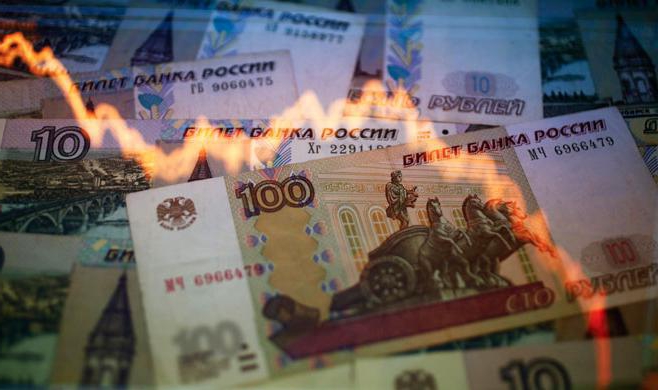
Monetary reform is a partial or complete transformation in the state of the monetary system, which takes place in order to strengthen and streamline monetary circulation. The set of measures to regulate the economy that the state takes to combat inflation is called anti-inflationary policy. Its main ways are as follows:
- monetary demand regulationusing the tax and monetary mechanism by limiting the money supply, increasing the tax burden, increasing interest rates in lending, reducing government spending, which slows down economic growth;
- income policyin which there is parallel control over wages and prices by freezing them completely or limiting their growth, the implementation of which can cause social contradictions.

So, you have learned what are the inflation levels, its types and measures to combat it. Of course, inflation in the modern world is a very common phenomenon. Each of us involuntarily faces its consequences, whether we want it or not. Therefore, knowledge of topics such as the concept and types of inflation is necessary for everyone.
